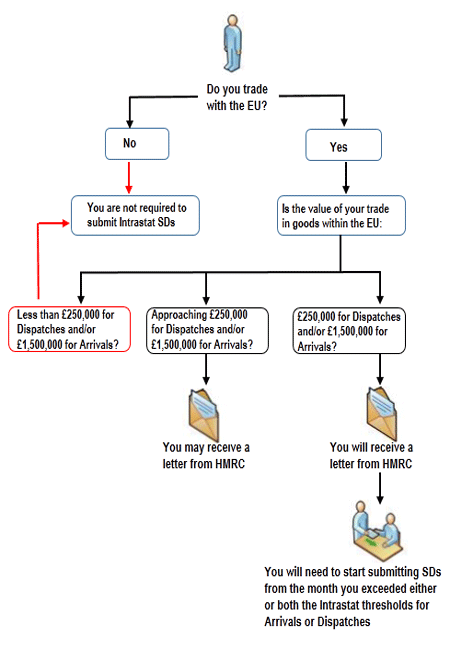Latest from the courts
Certain welfare services are exempt from VAT via VAT Act 1994, Schedule 9, Group 7, Item 9 – services which are directly connected with the care or protection of children. In the The Lilias Graham Trust (LGT) First Tier Tribunal case, the scope of the exemption was considered.
Background
LGT, which has charitable status, operated residential assessment centres, which supported parents (many of whom had mental health issues) in learning how to care for their children.
It was common ground that LGT’s services were as summarised in a letter from Glasgow City Council (where relevant):
- LGT is an assessment centre providing assessment services on the parenting capacity of those referred to the service
- The assessment services cover families where there is an uncertainty about whether the parent(s) can safely look after their children
- LGT is simply acting as an observer watching the parent’s care for their own children and providing information in the form of advice
- LGT is not providing any treatment in the form of medical care for any illness or injury
- LGT’s recommendation following the assessment provides a recommendation to social workers around whether the parent(s) has sufficient capacity to keep their child safe and healthy
- GCC viewed the residential accommodation as a fundamental part of the provision of the assessment services on the parenting capacity of those families which were referred to LGT.
Although the major part of LGT’s income came from the Local Authority fees, it is also subsidised to a degree by grants and donations.
Technical
In this case the odd position was that HMRC was arguing for exemption because, in learning how to care for their children, the services were “closely linked” to welfare services or “directly connected” to them as provided for by the Principal VAT Directive and the VAT Act in turn.
LGT contended that their supplies to a Local Authority (which could recover any VAT charged) were taxable as they did not fall within the welfare definition. LGT admitted that there was a causal relationship between the services provided and the care and protection of children, but the connection was too remote to be deemed to be a direct connection – There were several intervening factors and intermediaries between the service provided and the care and protection of children.
At issue was net input tax of circa £400,000 which would be recoverable by LGT if its supplies were taxable, but not if they were exempt. Guide to partial exemption here.
Decision
The court found that the essential purpose of the supplies made by LGT was to ensure that the child was better cared for and had optimal protection. That is precisely why the Local Authority employed LGT. Its supplies are both closely linked and directly connected with the protection of children as also to their care. Accordingly, the appellant made supplies of welfare services which are exempt from VAT. The fact that LGT provided its services to the Local Authority rather than the parents did not mean that its services should be taxable. Therefore, there was no output tax chargeable to the Local Authority and no input tax recovery by LGT on expenditure attributable to those exempt supplies.
Commentary
In this case, HMRC originally ruled that the services were taxable and LGT were required to VAT register, it even issued a late registration penalty. HMRC clearly subsequently changed its view which put input tax which LGT had recovered at risk. There are often disputes on the extent of the exemption, and sometimes debates on whether a service is supplied, or simply staff providing their services. It is important to understand these sometimes subtle differences as getting it wrong can be costly, as LGT found out.

